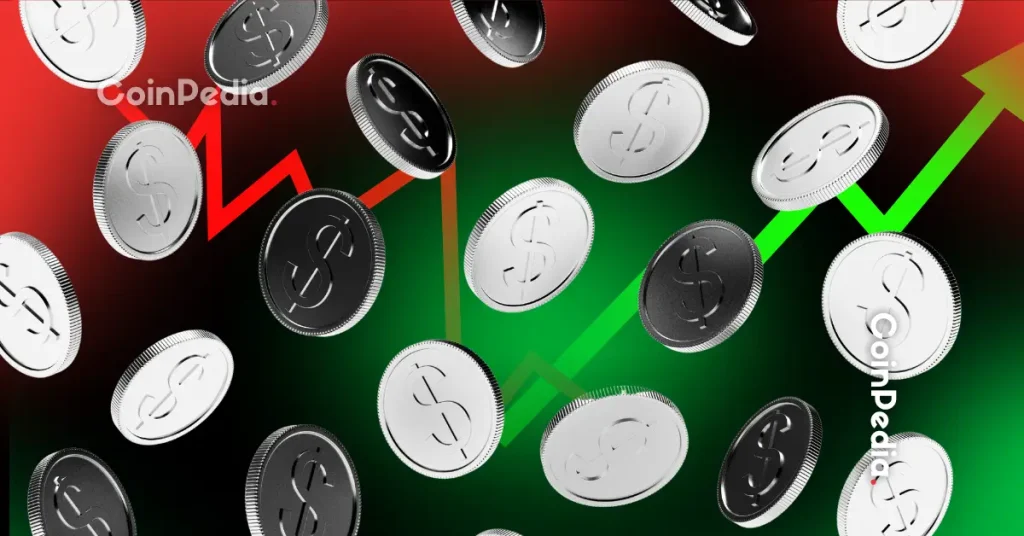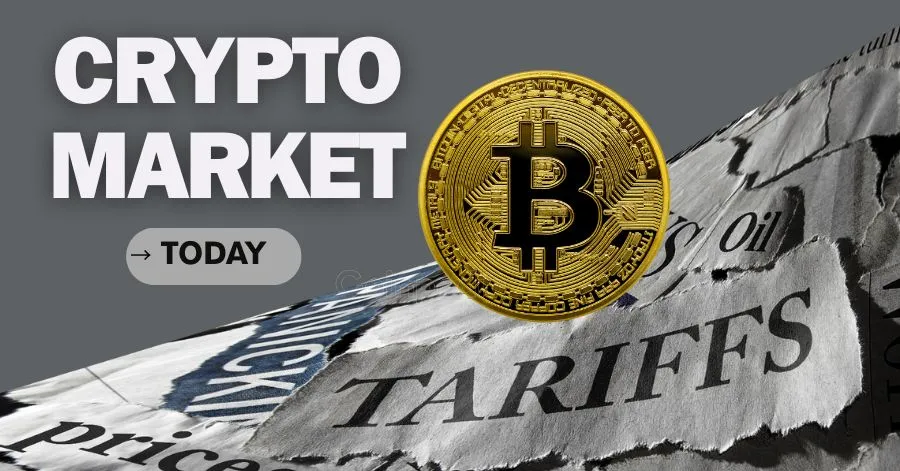European regulators can’t seem to agree on how to deal with stablecoins, those digital currencies pegged to real money. The European Commission is standing by its current rules, but central bankers want much stricter oversight.
On Friday, the Commission pushed back against calls from the European Central Bank for tougher measures, insisting that existing crypto regulations already do enough to keep stablecoin risks in check.
Stablecoins have become one of the fastest-growing corners of the crypto world. These tokens keep their value stable by tying themselves to traditional currencies like the dollar or euro. The U.S. even passed laws this year to boost their use.
Europe rolled out its own comprehensive crypto rulebook recently, but the ECB is now pressuring Brussels policymakers to crack down on what the industry calls “multi-issuance”, essentially, whether global stablecoin companies can treat tokens issued in the EU the same as those issued elsewhere.
Industry pushes back
Six crypto industry groups wrote to European Commissioner Maria Luis Albuquerque on Tuesday asking the EU to clarify that multi-issuance is allowed under MiCA (the bloc’s crypto regulations). Circle, a major stablecoin issuer, is among the groups’ members.
A Commission spokesperson told Reuters via email that they’d received the letter and believe “MiCA provides a robust and proportionate framework for addressing risks stemming from stablecoins.” They promised to provide clarification soon.
But the European Systemic Risk Board, chaired by ECB President Christine Lagarde, sees real dangers here. They’ve warned that multi-issuance could threaten financial stability and want protective measures put in place now.
If people holding tokens from a stablecoin company’s non-EU operations suddenly decide to redeem them through the company’s EU entity, it could spark a run on reserves held in Europe.
Stablecoin companies say this isn’t a problem, they maintain enough reserves to handle redemptions anywhere. JP Morgan analysts pointed out this week that 99% of stablecoin supply is dollar-linked anyway, and predicted the sector’s growth will only increase demand for U.S. currency.
France wants centralized control
The Bank of France is taking things further, calling for the EU to give its securities regulator direct authority over major crypto firms. Their concern? That fragmented oversight could put Europe’s financial independence at risk.
Speaking at the ACPR-AMF Fintech Forum in Paris on Thursday, Bank of France Governor François Villeroy de Galhau argued that the European Securities and Markets Authority should directly supervise crypto issuers under MiCA.
“I also advocate, along with the president of the AMF, for European supervision of crypto-asset issuers, carried out by ESMA,” he said, adding that this would ensure consistent rule application and reduce risks.
Villeroy de Galhau’s worry is that relying on national regulators leads to uneven enforcement across the EU just when crypto businesses are expanding rapidly. Direct oversight by ESMA (which happens to be based in Paris) would prevent regulatory arbitrage and ensure major players face the same standards everywhere.
“The implementation of MiCA is a decisive step forward,” he said. “But its effectiveness requires a more unified approach if we are to protect European investors and maintain a level playing field.”
He also flagged the growing threat from dollar-backed stablecoins, calling MiCA’s permission for multi-issuance a regulatory gap. The current framework lets companies issue identical tokens both inside and outside the EU while keeping only partial reserves in each jurisdiction.
The risk, according to Villeroy de Galhau? Stablecoins could undermine the euro and lead to an uncontrolled proliferation of private payment systems, making Europe more dependent on non-European, unregulated entities.
Bank of Italy Deputy Governor Chiara Scotti voiced similar concerns back in September, warning that the multi-issuance model could harm financial stability and should be restricted.
Want your project in front of crypto’s top minds? Feature it in our next industry report, where data meets impact.
















 English (US)
English (US)